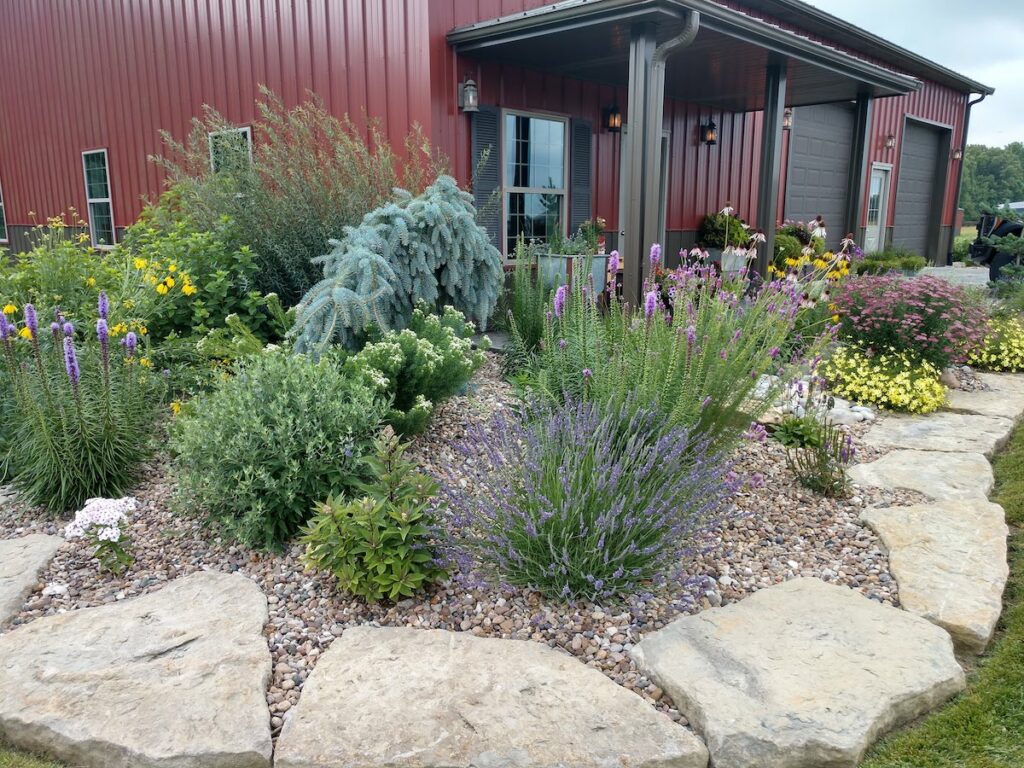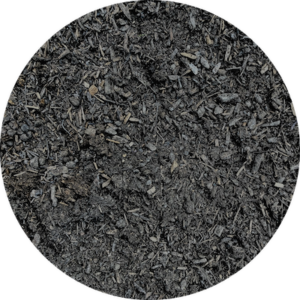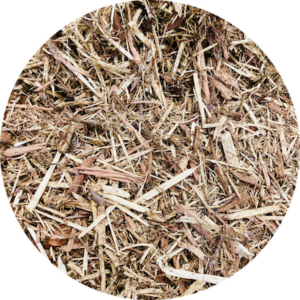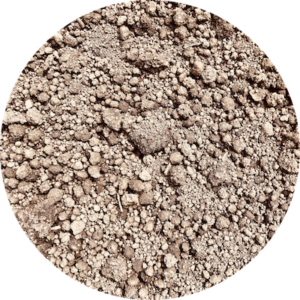Creating beautiful and functional landscape beds can transform your outdoor space into a picturesque haven. Whether you’re a seasoned gardener or a DIY enthusiast, designing landscape beds is an exciting project that allows you to unleash your creativity while enhancing the natural beauty of your surroundings. We sat down with Kevin and got these 7 valuable tips to guide you through the process of crafting stunning DIY landscape beds, ensuring that every aspect, from ground cover to arrangement and size, is carefully considered.
Ground Cover
When it comes to ground cover, you have a couple of options to consider. Mulch is a timeless choice that not only adds an appealing aesthetic but also helps retain soil moisture and suppress weed growth. Alternatively, rock ground cover has been gaining popularity due to its ability to create intriguing textures. With a wide variety of rock styles available, you can easily customize the look of your landscape beds.
Arrangement
To achieve a natural and harmonious look, arrange your plants in a slightly random manner, mimicking the beauty of nature. Avoid planting in straight rows or perfectly symmetrical patterns. Instead, mix different plant species, heights, and colors, creating a visually pleasing composition that reflects the diversity found in the natural environment.
Slope
Consider the flow of water when designing your landscape beds. It’s essential to ensure proper water drainage by sloping the soil. Keep the soil higher near your home, gradually sloping it lower toward your lawn. This allows water to drain away from your house, preventing potential water damage and encouraging healthy plant growth.
Determining Shape & Size
Before digging in, take the time to determine the shape and size of your landscape beds. A helpful trick is to use a garden hose to lay out the edges, allowing you to visualize the design before committing. Play around with curves and depths to create a layout that complements your home and existing landscape elements.
Proportion to Your Home
If the landscape bed is adjacent to your home, it’s important to maintain a proportional size. Aim for a width of 6-8 feet to ensure a balanced and harmonious look. Double this width if your home has two stories, as it helps maintain the overall proportion of your landscape design. On the other hand, if your home is situated close to the street, opt for a smaller bed size to avoid overpowering your lawn.
Soil Preparation
Before planting, prepare the soil in your landscape beds by loosening it with a garden fork or tiller. Incorporate organic matter, such as compost or aged manure, to improve soil fertility and drainage. This will provide a healthy foundation for your plants to thrive.
Plant Selection
Choose plants that are well-suited to your local climate and growing conditions. Consider factors like sunlight exposure, soil moisture, and temperature ranges. Opt for a mix of perennial plants for year-round interest and annuals for seasonal pops of color.
Layering
Create visual interest by incorporating plants of varying heights and textures. Plant taller species at the back or center of the bed, gradually decreasing in height towards the front. This layering effect adds depth and dimension to your landscape beds.
Edging
Define the edges of your landscape beds by installing an edging material. Options include brick, stone, metal, or plastic edging. This not only enhances the aesthetics but also helps prevent grass and weeds from encroaching into your beds.
Maintenance Considerations
Plan for easy maintenance when designing your landscape beds. Leave sufficient space between plants to allow for proper air circulation and future growth. Mulching your beds regularly helps retain moisture, suppress weeds, and provide insulation to plant roots.
Seasonal Interest
Incorporate plants that offer different seasonal interest throughout the year. Choose species that bloom in spring, have attractive foliage in summer, provide vibrant fall colors, or offer interesting textures and structures in winter. This ensures your landscape beds remain visually appealing year-round.
Watering System
Consider installing an efficient watering system, such as drip irrigation, to ensure your plants receive adequate moisture without wasting water. This can help simplify watering tasks and promote healthier plant growth.
Landscape Bed Ideas
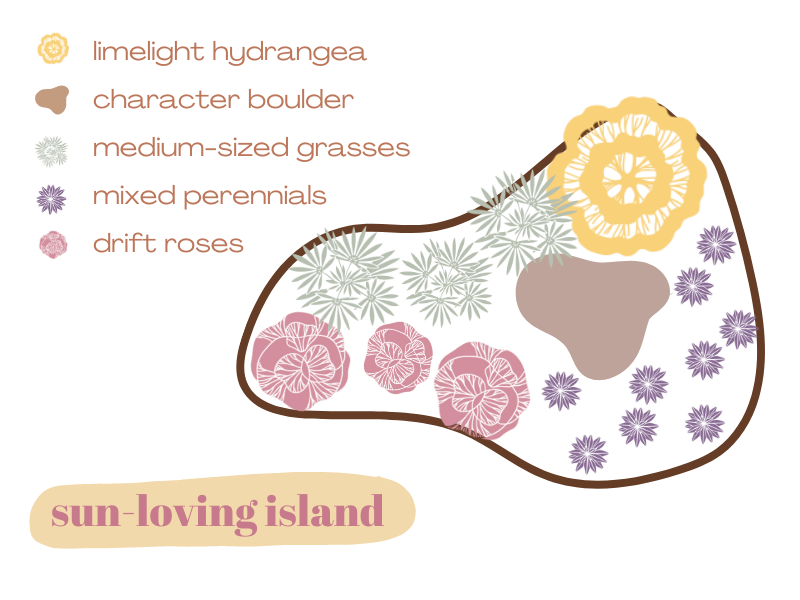
This sun-loving island features a character boulder as the centerpiece, and integrates one of Kevin’s favorite shrubs, Limelight Hydrangea. By mixing in decorative grasses, small rose bushes, and other perennials, you create different textures and shapes, all with plants that love the sun!
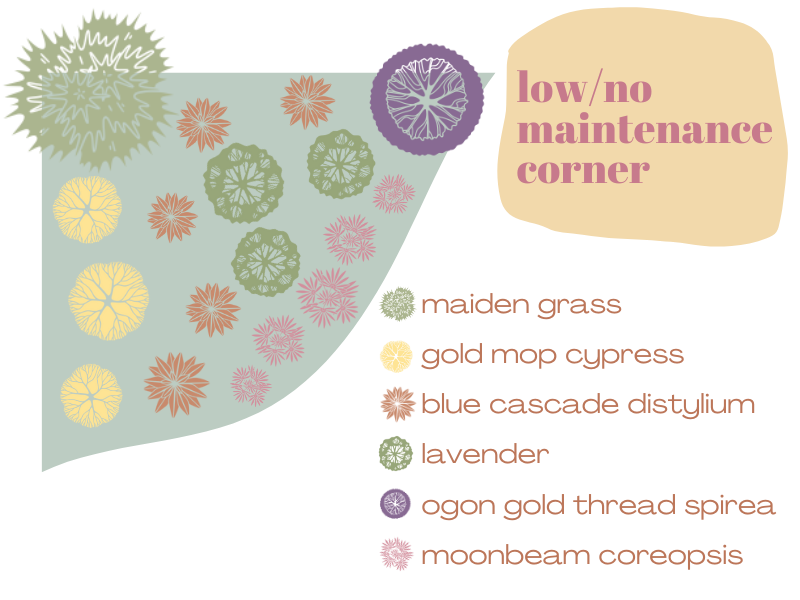
This low-maintenance corner fits in nicely between a sidewalk and driveway, or even in a corner next to your home. The Ogon Spirea provides wonderful color all season long, while the other plants are chosen to keep interest throughout the year. Arranging them from tallest to shortest, with a bit of randomness thrown in adds depth and interest.
______
Designing your own landscape beds is an opportunity to showcase your creativity and add a touch of natural beauty to your outdoor space.
At Grass Roots Garden Center & Gifts in Marshfield, MO, we understand the importance of quality products and expert guidance for successful DIY projects. From providing a wide selection of ground covers to offering advice on arrangement, water needs, and sunlight, our knowledgeable team is here to assist you every step of the way. Come explore our range of landscaping supplies and turn your landscape bed ideas into a reality. With our help, your DIY landscape beds will become a source of pride and admiration, elevating the overall aesthetic of your outdoor oasis.

